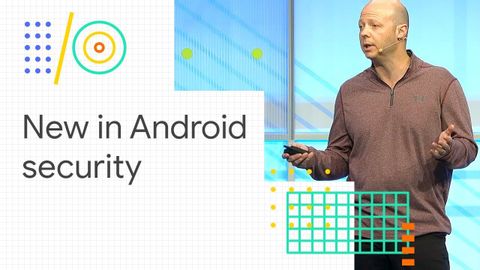安卓安全方面有什麼新動向(Google I/O '18) (What's new in Android security (Google I/O '18))
Tony Yu 發佈於 2021 年 01 月 14 日  沒有此條件下的單字
沒有此條件下的單字- n. (c./u.)通道;接近或使用的機會;訪問
- v.t.訪問
- v.t./i.存取(資料);訪問
US /ˌdaɪəˈbitɪs, -tiz/
・
UK /ˌdaɪəˈbi:ti:z/
- n. (c./u.)糖尿病;第一型糖尿病;第二型糖尿病;妊娠糖尿病
US /ɪnˈtɛɡrɪti/
・
UK /ɪnˈtegrəti/
- n. (u.)正直;完整;完全;完整;健全;資料完整性
US /stretˈfɔrwəd/
・
UK /ˌstreɪtˈfɔ:wəd/

